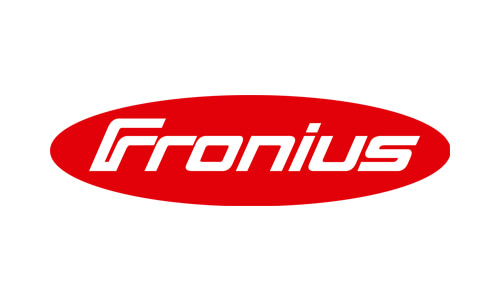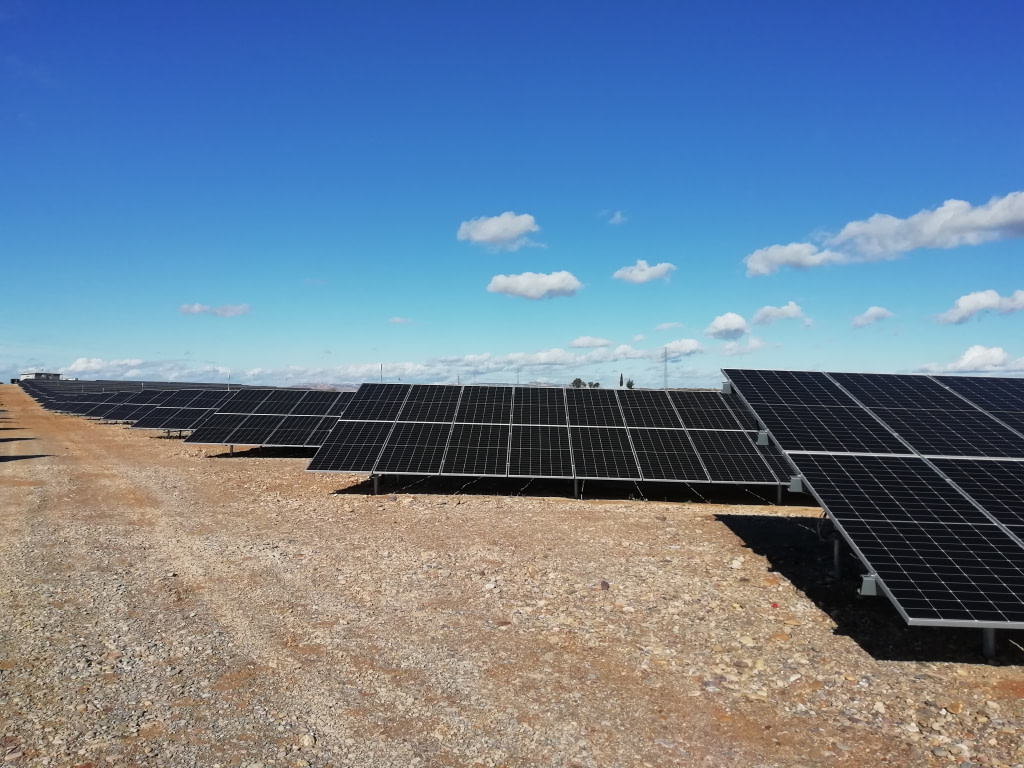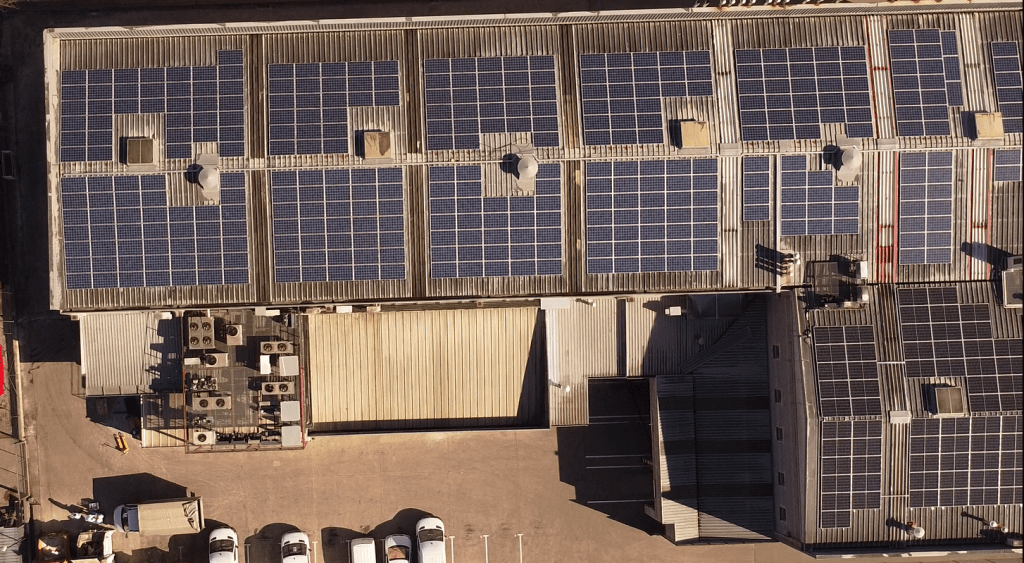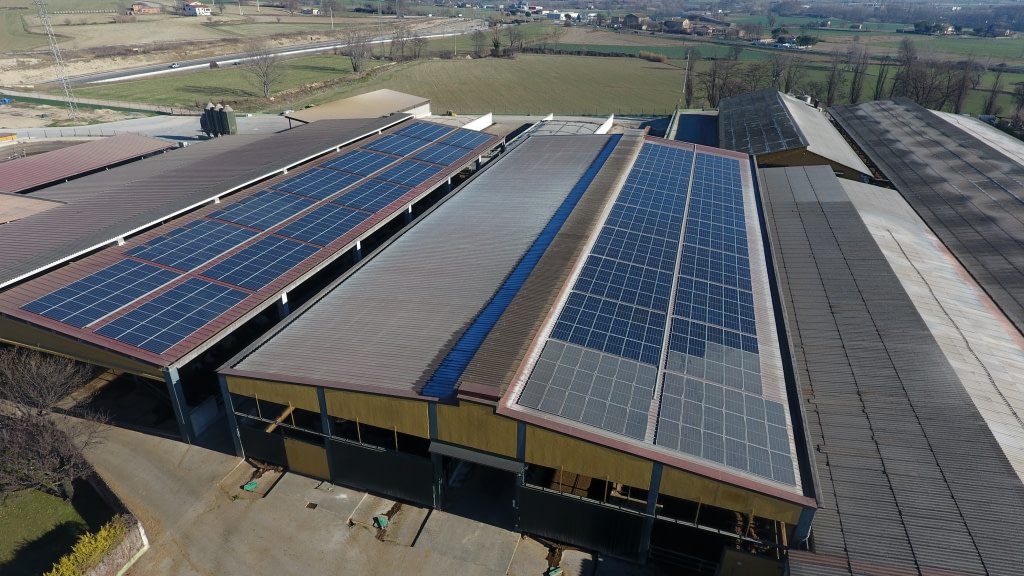To maximize the use of surplus energy from your photovoltaic solar installation, you can consider different options:
Compensation: If your installation has a power capacity of less than 100 kW, you can opt for surplus compensation. The surplus energy is injected into the grid, and your electricity provider will pay you for it at an agreed price. This amount is deducted from your monthly bill but cannot exceed the total bill. The compensation price is usually lower than the price you pay for consumed energy, as it is based on the wholesale market and does not include additional charges such as grid fees and electricity taxes.
Direct Sale of Energy to the Grid: For installations with a power capacity of more than 100 kW, such as industrial systems, surplus compensation is not an option. In these cases, surplus energy is sold directly to the grid. This requires a specific contract with the energy provider and, in some cases, a special license. The revenue generated depends on the market price of energy.
Physical Battery Installation: You can choose to install physical batteries in your system. These batteries store the surplus energy so you can use it when needed, for example, at night or on cloudy days. This option can provide greater control over your energy supply and reduce dependence on the grid.
Virtual Battery: If the economic value of your surplus in a month exceeds the economic value of your consumption, according to self-consumption regulations, it is lost. However, some energy providers offer the option of a virtual battery. In this case, the surplus energy not compensated is "stored" in a virtual account and can be used in later months when consumption is higher. This option allows for better utilization of generated energy and usually involves a fixed monthly fee.
Surplus Dumping Waiver: Another option is to configure your installation not to feed surplus energy into the grid. This may be feasible in industrial installations where grid access is limited or surpluses are minimal. In this case, the surplus energy is simply not used, which can result in a loss of potential energy."




























































